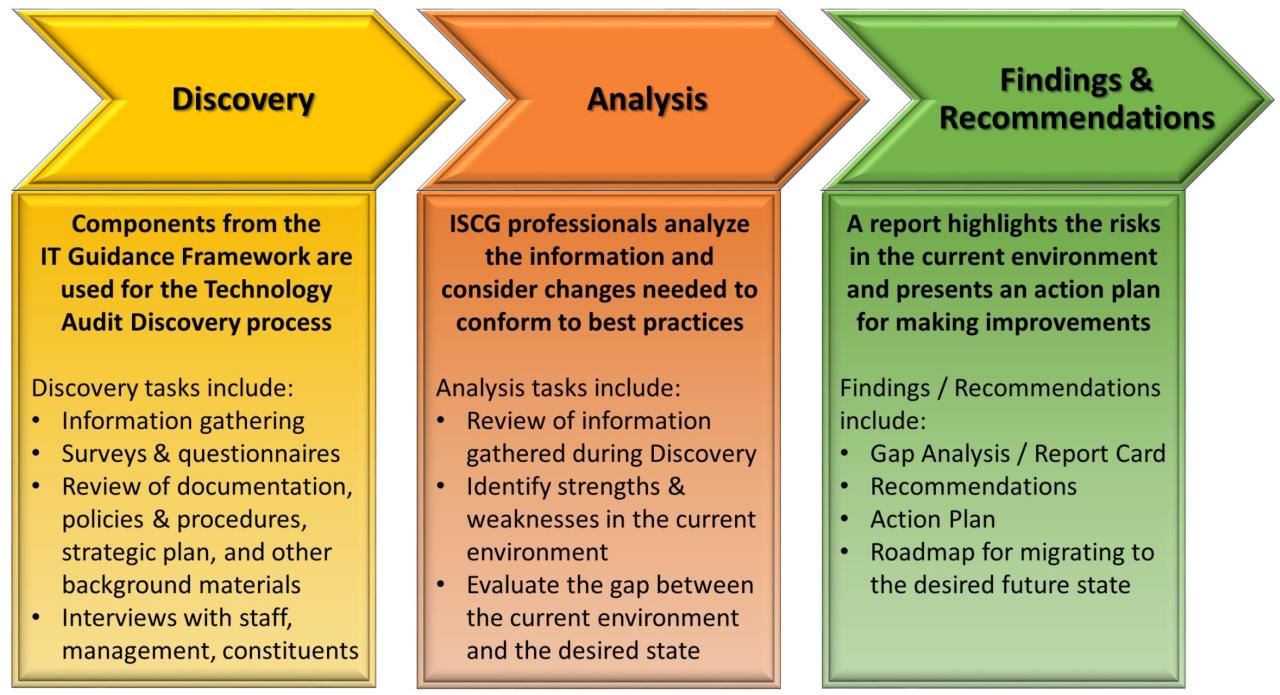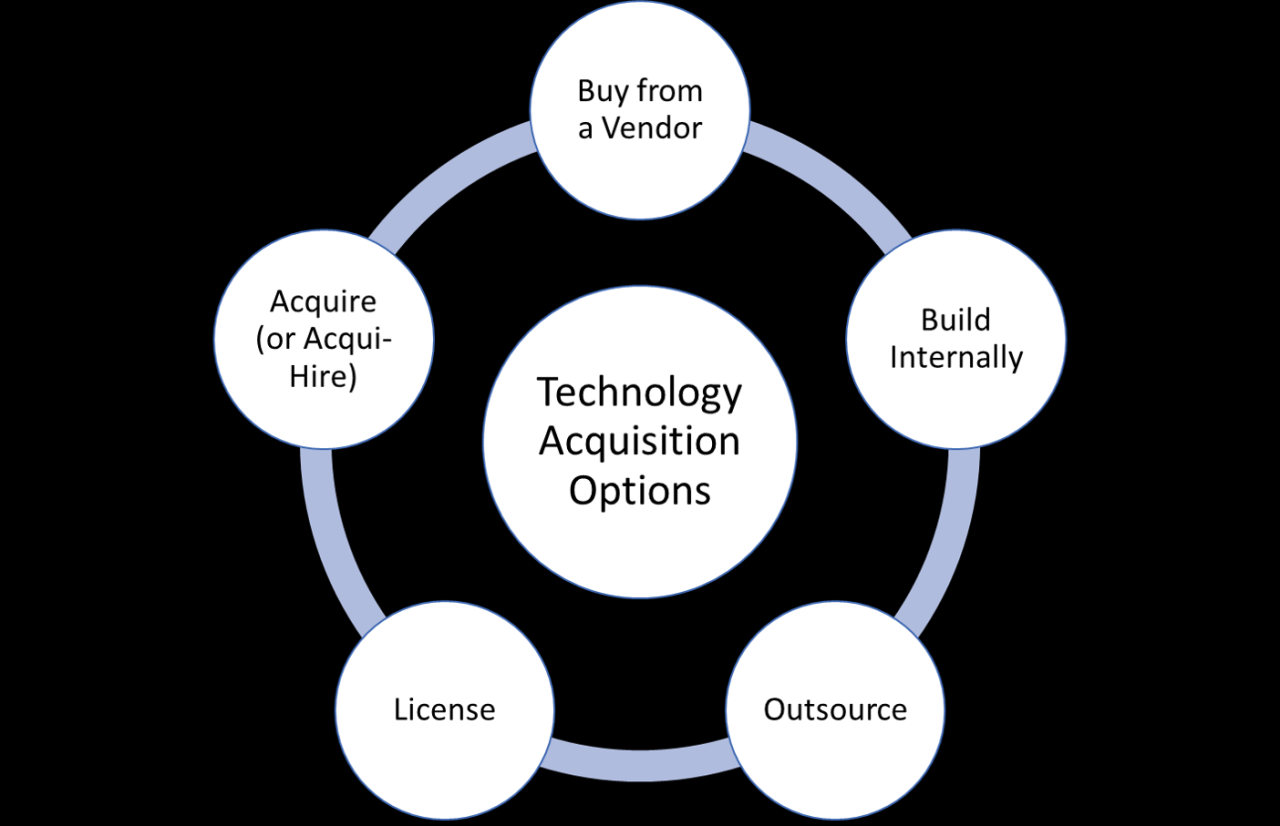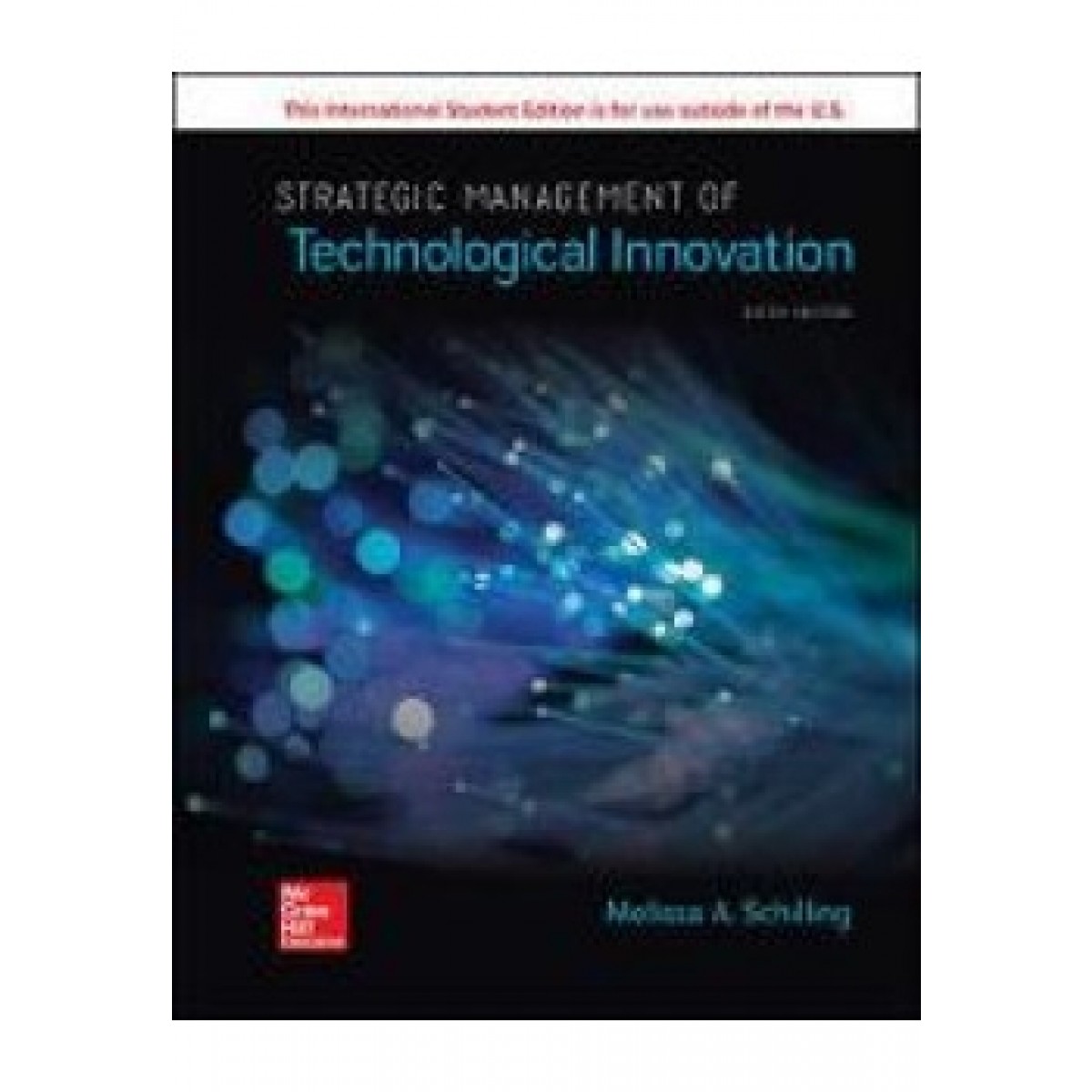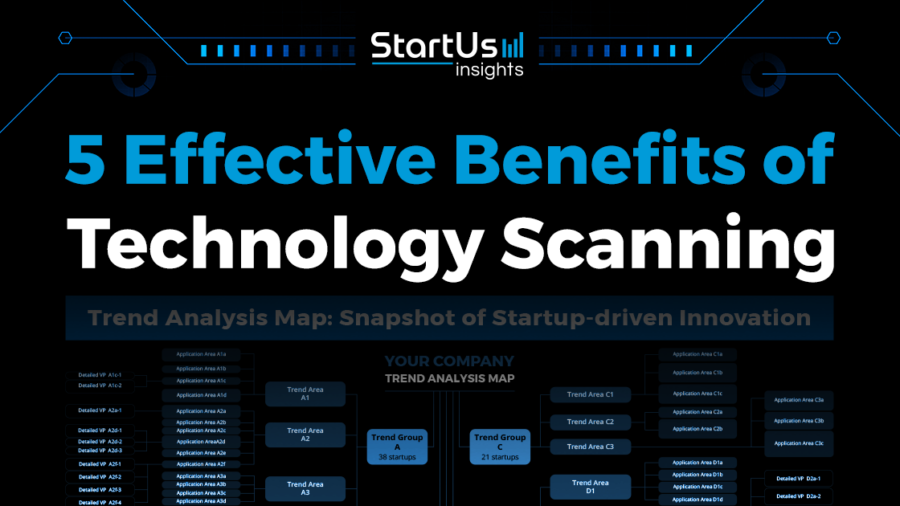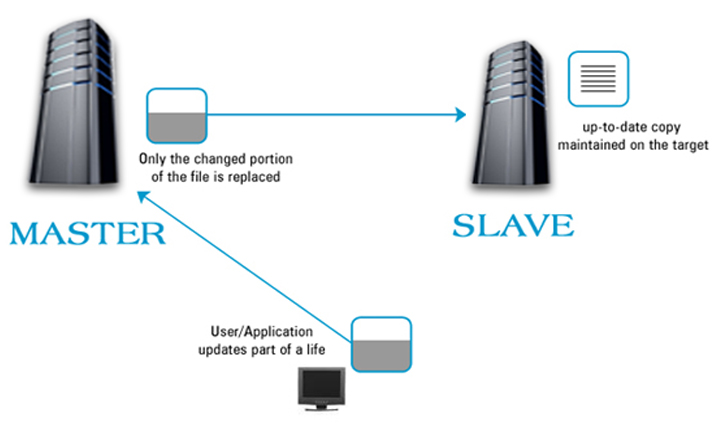Technology Scouting: Uncovering Future Innovations
Technology scouting, at its core, is the strategic process of identifying and analyzing emerging technologies with the potential to disrupt industries, create new markets, and drive competitive advantage. It’s a […]

Technology scouting, at its core, is the strategic process of identifying and analyzing emerging technologies with the potential to disrupt industries, create new markets, and drive competitive advantage. It’s a proactive approach to innovation, allowing organizations to stay ahead of the curve and capitalize on future opportunities.
This exploration delves into the key aspects of technology scouting, from understanding its purpose and significance to navigating the process of identifying, evaluating, and applying emerging technologies. We’ll examine the various sources of technology information, techniques for analyzing trends, and frameworks for evaluating the potential of new discoveries.
Evaluating Technology Opportunities: Technology Scouting

Once you’ve identified promising technologies, the next crucial step is evaluating their feasibility and potential. This involves assessing their technical viability, market fit, and financial viability. A structured approach can help you make informed decisions about which technologies to pursue.
Framework for Evaluating Technology Opportunities
A robust framework for evaluating technology opportunities should consider both technical and commercial aspects. Here’s a framework that encompasses key factors:
Technical Feasibility
- Technology Maturity: Assess the stage of development of the technology. Is it still in research, prototype, or pilot phase? Or is it commercially available and proven? A mature technology with a track record of success will likely be easier to implement and scale.
- Technical Challenges: Identify potential technical hurdles that need to be overcome. Consider factors like scalability, integration with existing systems, and potential risks associated with the technology. For example, a revolutionary new battery technology might be technically feasible, but scaling it up for mass production could pose significant challenges.
- Intellectual Property: Determine the intellectual property landscape surrounding the technology. Are there any patents or other legal protections that could hinder adoption or create licensing fees?
- Availability of Expertise: Evaluate the availability of skilled personnel to develop, implement, and maintain the technology. A lack of qualified experts can significantly impact project timelines and costs.
Market Viability
- Market Size and Growth: Assess the potential market size for the technology. Is it a niche market with limited potential or a large and growing market with significant opportunity? A technology targeting a large and growing market will have a greater chance of success.
- Customer Needs and Preferences: Determine if the technology addresses a real need or solves a pain point for potential customers. Understanding customer preferences and willingness to pay for the technology is crucial.
- Competitive Landscape: Analyze the existing competition. Are there established players in the market with similar technologies? What are their strengths and weaknesses? A thorough understanding of the competitive landscape will help you assess the potential for differentiation and market share.
- Regulatory Environment: Consider any relevant regulations or legal frameworks that could impact the adoption of the technology. For example, a new medical device would need to comply with strict regulatory requirements before it can be commercialized.
Financial Viability
- Cost of Development and Implementation: Estimate the costs associated with developing, implementing, and scaling the technology. This includes research and development expenses, manufacturing costs, marketing and sales expenses, and ongoing maintenance costs.
- Return on Investment (ROI): Project the potential financial returns from adopting the technology. Consider factors like revenue generation, cost savings, and potential for future growth. A strong ROI is essential to justify the investment in the technology.
- Funding Sources: Identify potential sources of funding for the technology development and commercialization. This could include venture capital, angel investors, government grants, or internal funding.
- Risk Assessment: Assess the potential risks associated with the technology, such as technical failures, market uncertainties, or regulatory changes. Develop contingency plans to mitigate these risks.
Factors to Consider When Assessing Commercial Viability, Technology scouting
Evaluating the commercial viability of a technology involves considering a broader set of factors beyond just technical feasibility. Key considerations include:
- Time to Market: How quickly can the technology be developed and brought to market? A shorter time to market can give you a competitive advantage and capitalize on emerging trends.
- Scalability: Can the technology be scaled up to meet growing demand? A technology that is difficult to scale may limit its market potential.
- Ease of Use: Is the technology easy to use and understand for potential customers? A complex technology may be difficult to adopt and could require significant training and support.
- Sustainability: Does the technology have a positive environmental impact? Sustainability is becoming increasingly important for consumers and businesses, and a sustainable technology can enhance its appeal.
- Social Impact: What is the potential social impact of the technology? Does it address societal needs or contribute to a better world? Technologies with a positive social impact can attract investors and customers who are aligned with ethical values.
Metrics Used to Evaluate Technology Opportunities
Various metrics can be used to quantify the potential of technology opportunities. Some common metrics include:
- Market Share: This metric indicates the percentage of the market that a technology or product holds. A higher market share suggests a stronger position in the market.
- Customer Acquisition Cost (CAC): This metric measures the cost of acquiring a new customer. A lower CAC indicates a more efficient marketing and sales strategy.
- Customer Lifetime Value (CLTV): This metric represents the total revenue a customer generates over their lifetime. A higher CLTV suggests that customers are loyal and generate significant revenue.
- Net Promoter Score (NPS): This metric measures customer satisfaction and loyalty. A higher NPS score indicates that customers are likely to recommend the technology or product to others.
- Return on Investment (ROI): As mentioned earlier, this metric measures the financial return generated by an investment in the technology. A strong ROI is essential for justifying the investment.
Conclusion
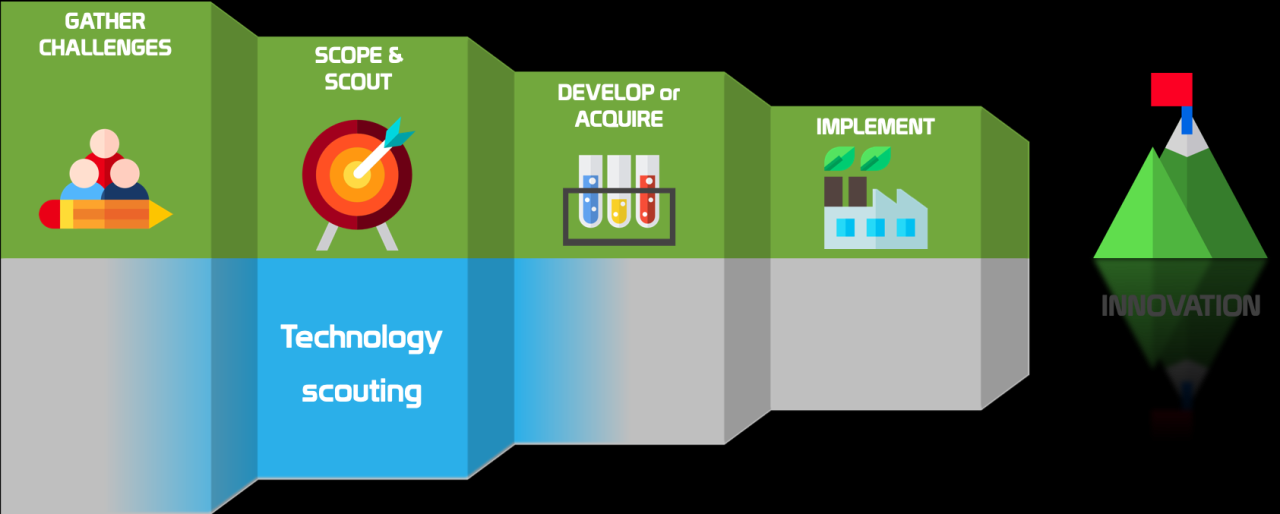
In a world of rapid technological advancement, technology scouting is no longer a luxury but a necessity. By embracing this proactive approach, organizations can equip themselves with the insights and foresight needed to navigate the complexities of innovation and thrive in a constantly evolving landscape.
Technology scouting is crucial for businesses to stay ahead of the curve. It involves identifying emerging technologies and assessing their potential impact. For example, the Ford Technology Package offers a range of innovative features, from advanced driver-assistance systems to infotainment capabilities.
By understanding these advancements, businesses can make informed decisions about adopting new technologies and maintaining a competitive edge.
